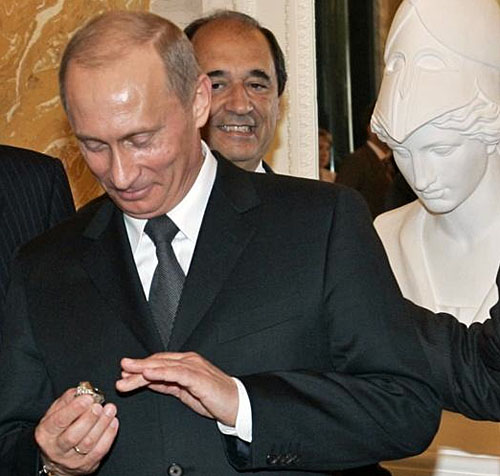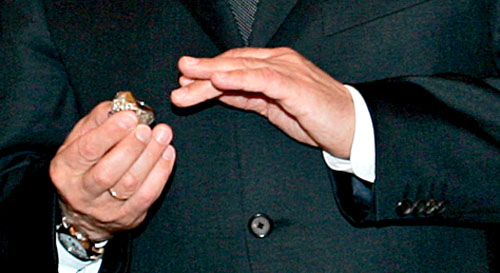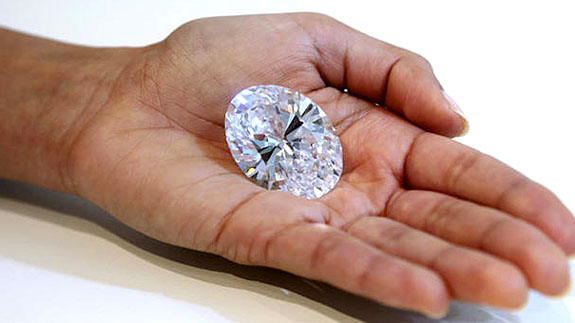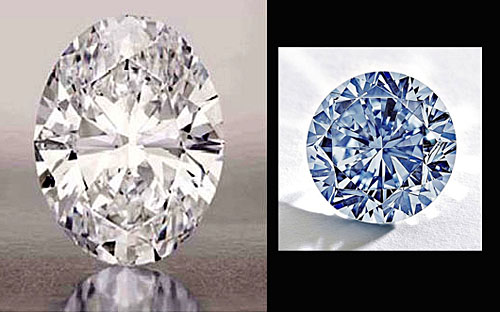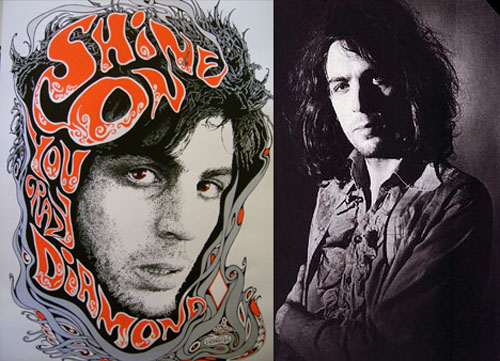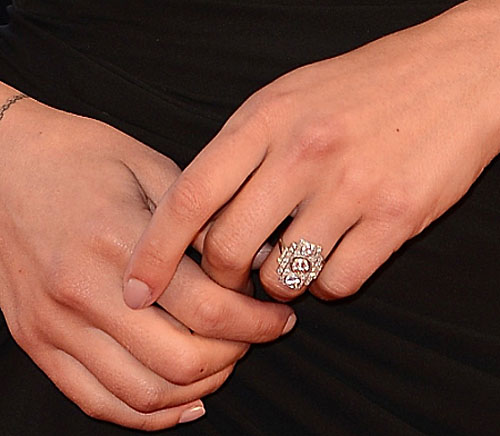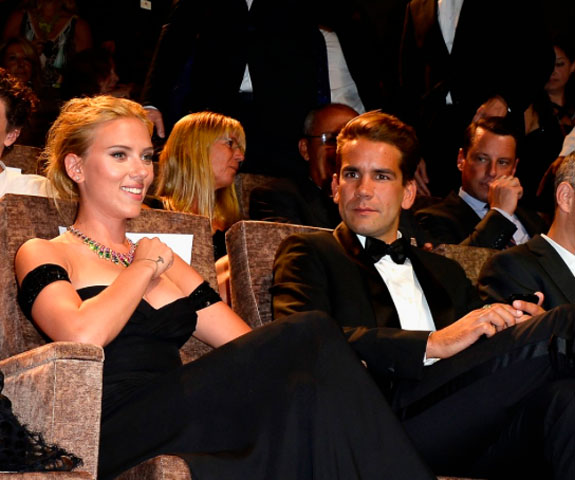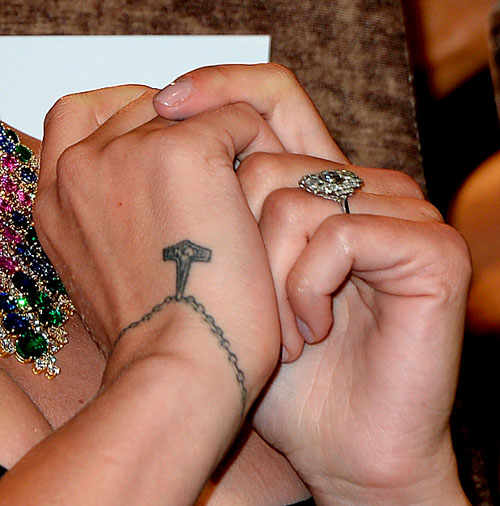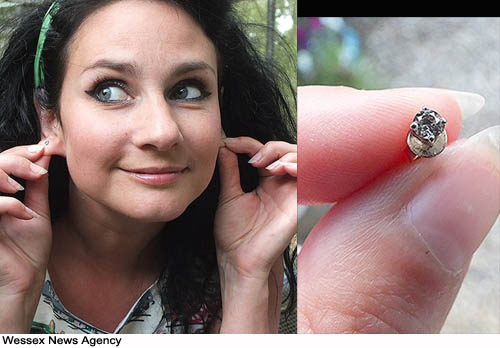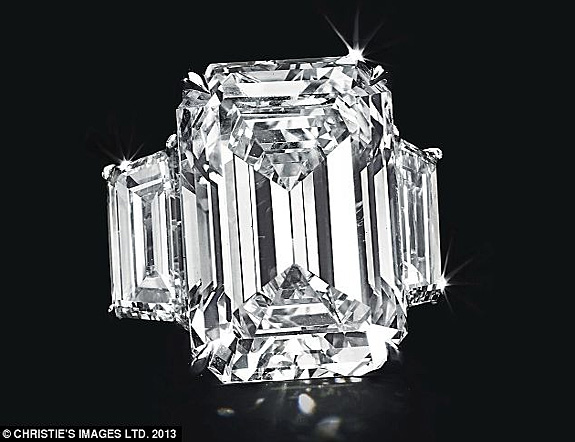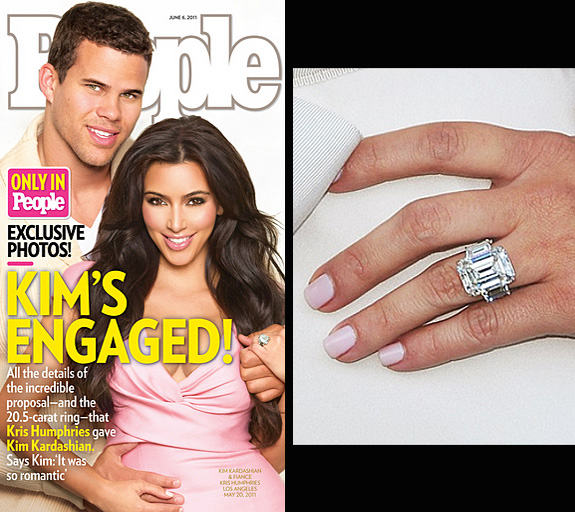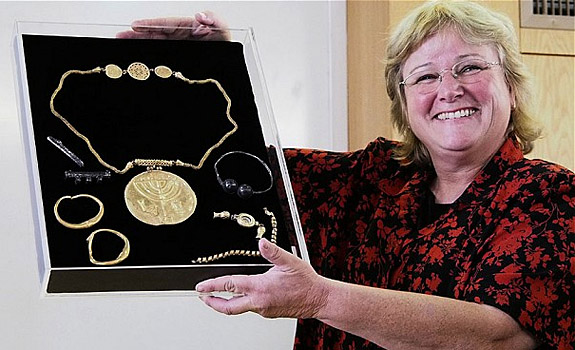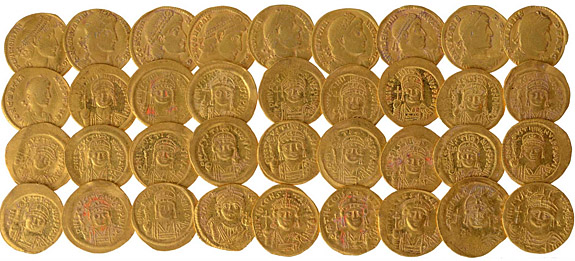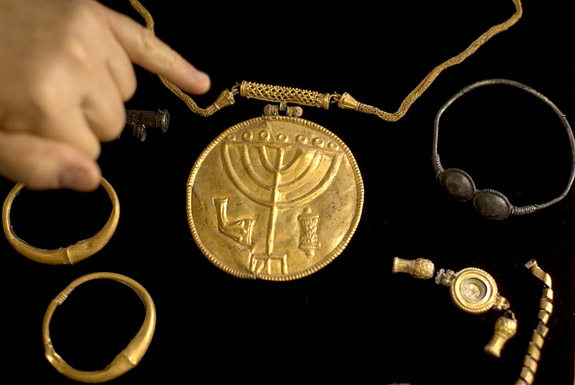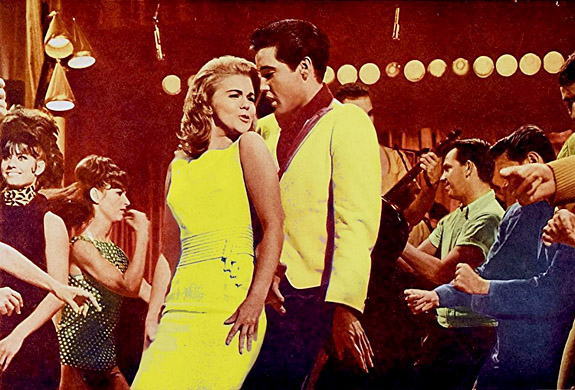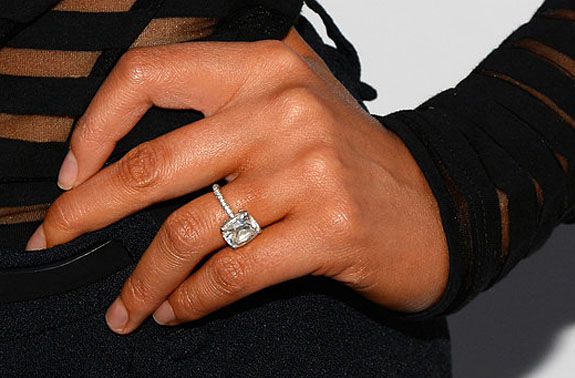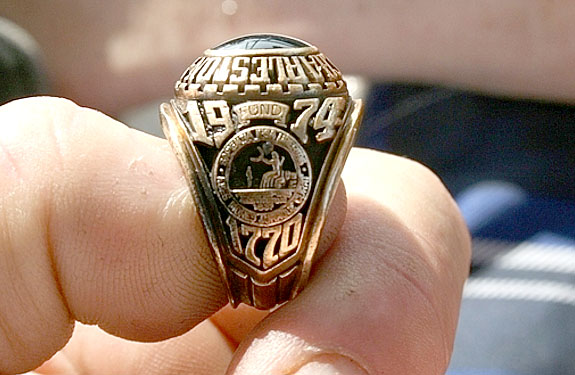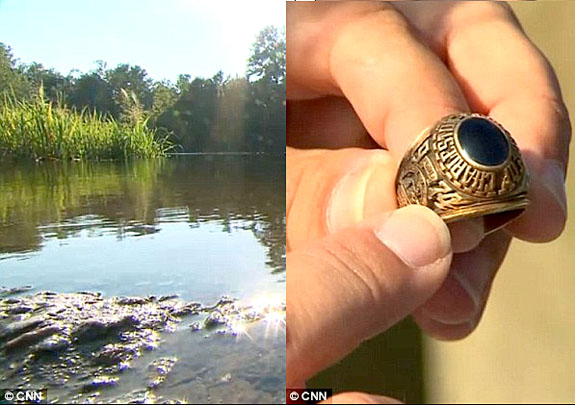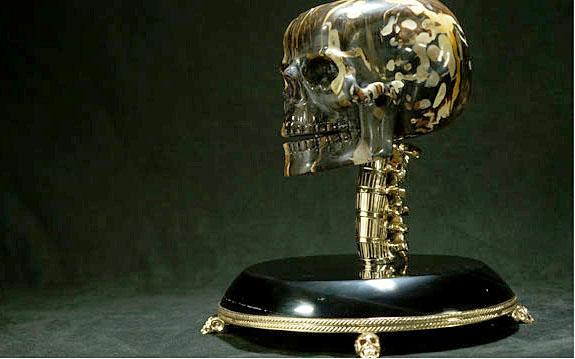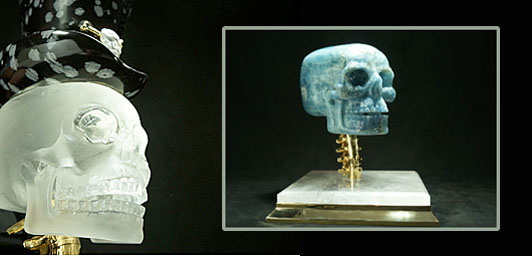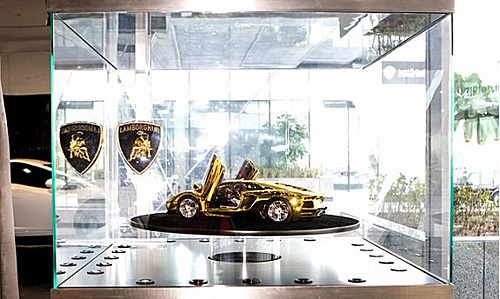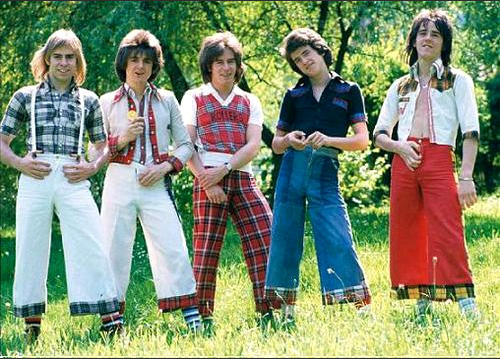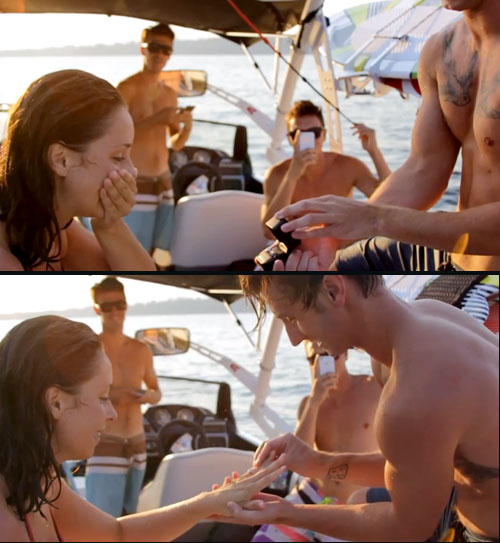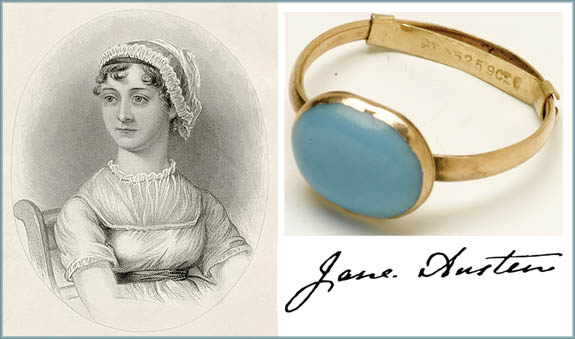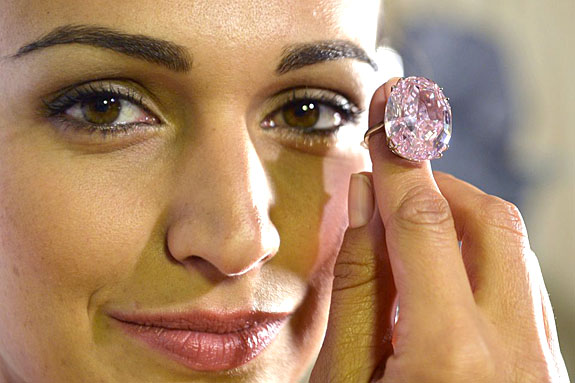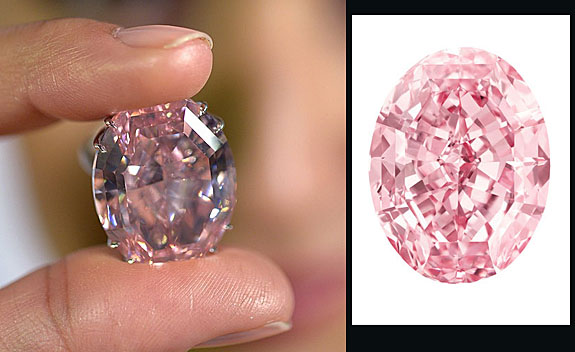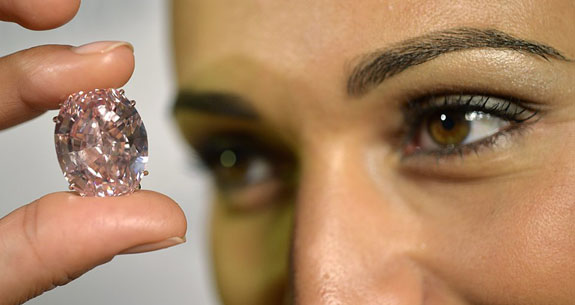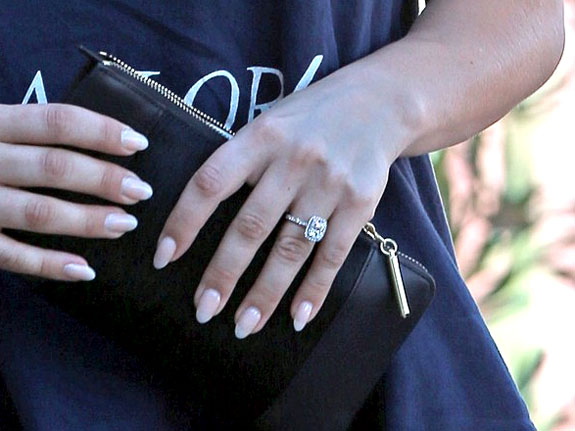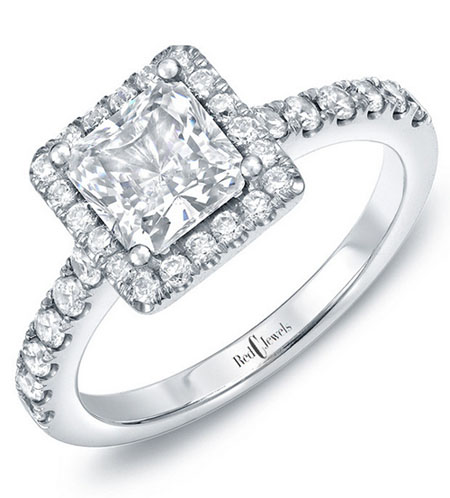September 3rd, 2013
In honor of September’s official birthstone, we aim our spotlight on the “Blue Giant of the Orient,” a gem that’s not only the largest faceted blue sapphire in the world at 486.52 carats, but also one that is shrouded in mystery. Very little is known about the cornflower-hued cushion-cut gemstone as it was out of the public eye for nearly 100 years.
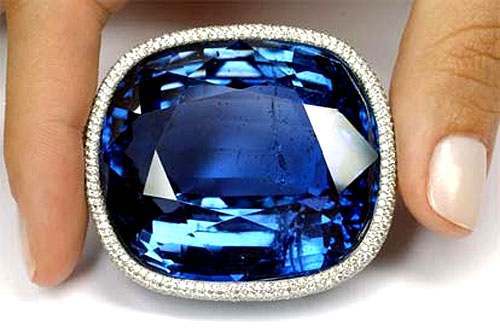
Discovered in Sri Lanka in 1907 and sold to an anonymous American collector that same year, the intense medium-blue gemstone remained quietly under the radar until May 2004, when it unexpectedly appeared in a Christie’s Magnificent Jewels auction catalog.
Curiously, the amazing gem, which was billed by Christie's as the largest faceted sapphire ever to be offered at auction, failed to entice any bidders at the Geneva event even though it had been estimated to sell for $1 million to $1.5 million — a relative bargain by today’s standards.
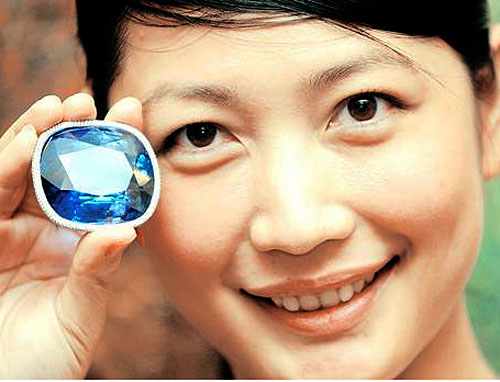
Shortly after the auction, however, Christie’s was able to strike a deal with an anonymous British buyer who paid $1 million for the world-famous sapphire. The gem, which displays full color saturation, is set in a platinum brooch with a pavé-set diamond surround.
After the Christie’s event, the Blue Giant of the Orient vanished from public view once again and hasn’t been seen since.
The very early history of the Blue Giant was well documented. An August 1907 story in the Sri Lankan Morning Leader announced that a "moonstone sapphire" worth £7,000 ($10,903) had been mined in Sri Lanka’s Ratnapura district. A leading exporter, O.L.M. Macan Marker & Co., purchased the rough sapphire, which weighed more than 600 carats.
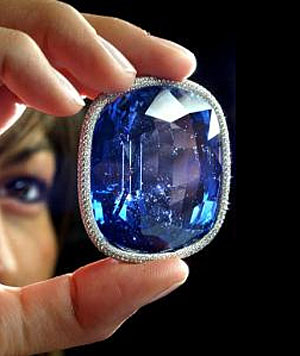
Local cutters worked the rough stone into a finished gem weighing 466 carats. Some experts believe that the 20-carat discrepancy between the weights noted by the 1907 newspaper report and that of the 2004 Christie’s auction catalog reflected either an error in the accuracy of the weighing equipment of the time or a simple recording error. The newspaper noted that the gem’s finished size was 2 1/2 inches long, 1 ¾ inches wide and ¾ of an inch its thickest point.
Interestingly, the world’s first-, second- and third-largest faceted blue sapphires are all of Sri Lankan origin. These are the Blue Giant of the Orient, the 422.99-carat Logan Blue Sapphire and the 400-carat Blue Belle of the Orient.
Blue sapphire, which is a member of the corundum family, gets its striking color from the displacement of aluminum atoms with those of titanium and iron in the gem’s crystal lattice structure. It is one of the most coveted and valuable of all gemstone varieties.

Discovered in Sri Lanka in 1907 and sold to an anonymous American collector that same year, the intense medium-blue gemstone remained quietly under the radar until May 2004, when it unexpectedly appeared in a Christie’s Magnificent Jewels auction catalog.
Curiously, the amazing gem, which was billed by Christie's as the largest faceted sapphire ever to be offered at auction, failed to entice any bidders at the Geneva event even though it had been estimated to sell for $1 million to $1.5 million — a relative bargain by today’s standards.

Shortly after the auction, however, Christie’s was able to strike a deal with an anonymous British buyer who paid $1 million for the world-famous sapphire. The gem, which displays full color saturation, is set in a platinum brooch with a pavé-set diamond surround.
After the Christie’s event, the Blue Giant of the Orient vanished from public view once again and hasn’t been seen since.
The very early history of the Blue Giant was well documented. An August 1907 story in the Sri Lankan Morning Leader announced that a "moonstone sapphire" worth £7,000 ($10,903) had been mined in Sri Lanka’s Ratnapura district. A leading exporter, O.L.M. Macan Marker & Co., purchased the rough sapphire, which weighed more than 600 carats.

Local cutters worked the rough stone into a finished gem weighing 466 carats. Some experts believe that the 20-carat discrepancy between the weights noted by the 1907 newspaper report and that of the 2004 Christie’s auction catalog reflected either an error in the accuracy of the weighing equipment of the time or a simple recording error. The newspaper noted that the gem’s finished size was 2 1/2 inches long, 1 ¾ inches wide and ¾ of an inch its thickest point.
Interestingly, the world’s first-, second- and third-largest faceted blue sapphires are all of Sri Lankan origin. These are the Blue Giant of the Orient, the 422.99-carat Logan Blue Sapphire and the 400-carat Blue Belle of the Orient.
Blue sapphire, which is a member of the corundum family, gets its striking color from the displacement of aluminum atoms with those of titanium and iron in the gem’s crystal lattice structure. It is one of the most coveted and valuable of all gemstone varieties.





